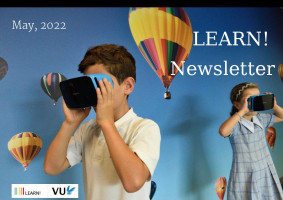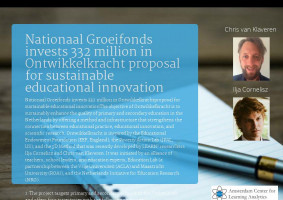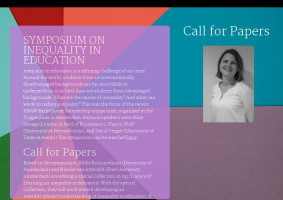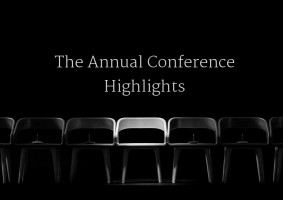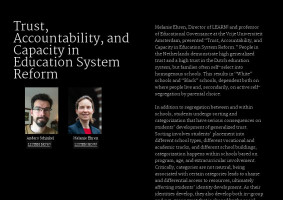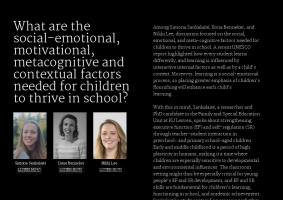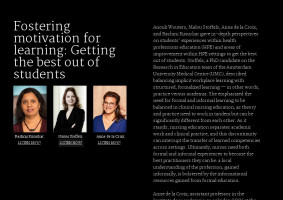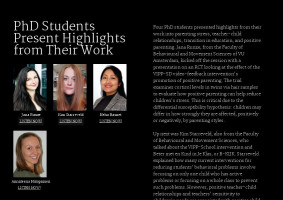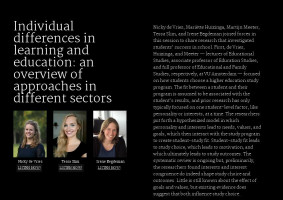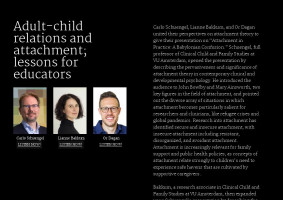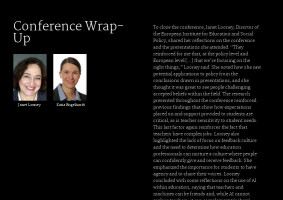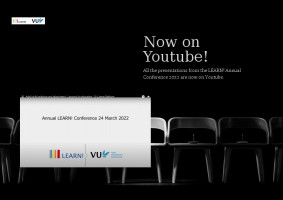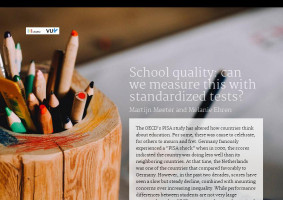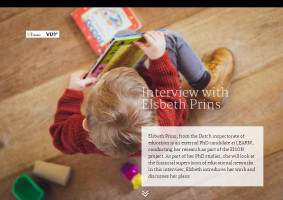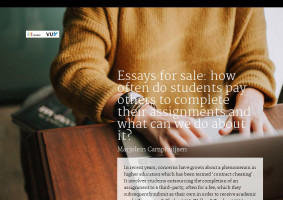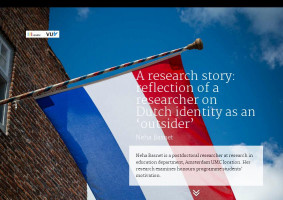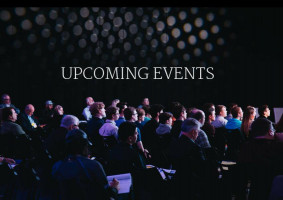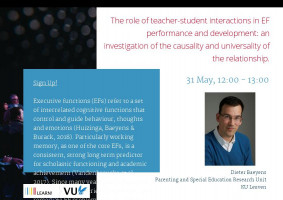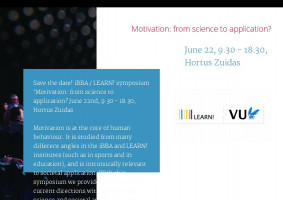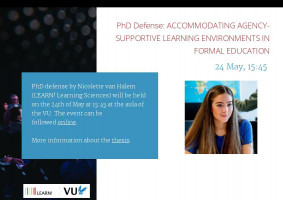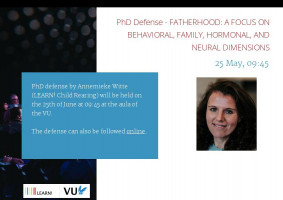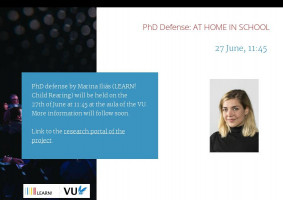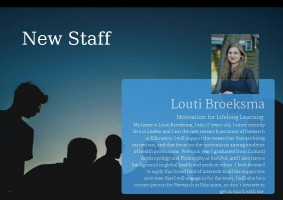Carlo Schuengel, Lianne Bakkum, and Or Dagan united their perspectives on attachment theory to give their presentation on “Attachment in Practice: A Babylonian Confusion.” Schuengel, full professor of Clinical Child and Family Studies at VU Amsterdam, opened the presentation by describing the pervasiveness and significance of attachment theory in contemporary clinical and developmental psychology. He introduced the audience to John Bowlby and Mary Ainsworth, two key figures in the field of attachment, and pointed out the diverse array of situations in which attachment becomes particularly salient for researchers and clinicians, like refugee crises and global pandemics. Research into attachment has identified secure and insecure attachment, with insecure attachment including resistant, disorganized, and avoidant attachment. Attachment is increasingly relevant for family support and public health policies, as concepts of attachment relate strongly to children’s need to experience safe havens that are cultivated by supportive caregivers.
Bakkum, a research associate in Clinical Child and Family Studies at VU Amsterdam, then expanded upon Schuengel’s presentation by describing the “Babylonian Confusion” of the title: six discourses centered on attachment that have each ascribed their own meanings and values to concepts. The first is developmental science, based in the ideas of Mary Ainsworth, which Bakkum described as the “symbolic authority” within the field of attachment. Next are social psychological science, which deems adult (romantic) relationships to be attachment relationships, and popular discourses of attachment, which are frequently spread on social media platforms. Then, there is the psychotherapy discourse; John Bowlby himself put forth attachment theory as an attempt to provide a model for psychotherapy. Finally, there are the psychiatric diagnosis discourse, which centers on attachment disorders as described by the DSM, and the child welfare discourse, wherein attachment categories become quasi-diagnostic for the sake of judging children’s risk status. In this Babylonian confusion, everyone may be speaking about the same topic — attachment — but each interpretation has brought different meanings and approaches to the table.
Dagan, a visiting fellow of Clinical Child and Family Studies at VU Amsterdam as well as a clinical consultant for the New School in New York, built upon Schuengel’s and Bakkum’s work to present his experiences as a scientist-practitioner. He opened his presentation with a question: do all bad things go together? Some in the field of attachment believe that insecure attachment is associated with psychopathology symptoms, suggesting that we must “treat” insecure attachment like one would treat a mental illness. Dagan highlighted the importance of distinguishing between deactivating and hyperactivating insecure attachment, as people with hyperactivating attachment (resistant or disorganized) report more depression and anxiety symptoms that those with deactivating (avoidant) attachment. This is further complicated by the cacophony of developmental, social, and psychotherapy discourses of attachment; in developmental science of attachment, not all bad things go together, but in popular, social psychology, and psychotherapy discourses, all bad things do tend to go together. This once again brought the conversation to the Babylonian confusion described by Bakkum and the need for awareness of these different approaches to attachment when discussing attachment’s uses and applications in research and practice.
_w200_h280_1.png)

Listen now!
Listen now!

Listen now!
